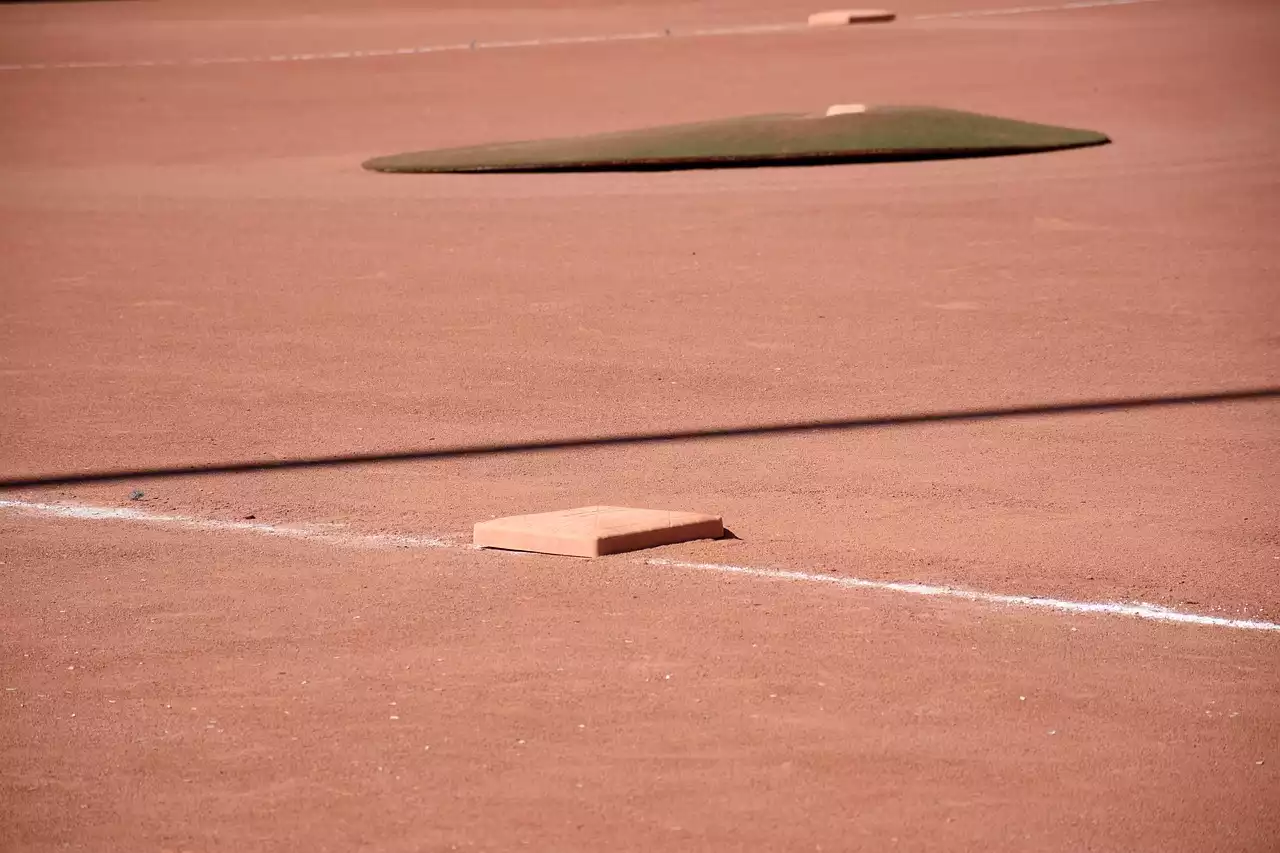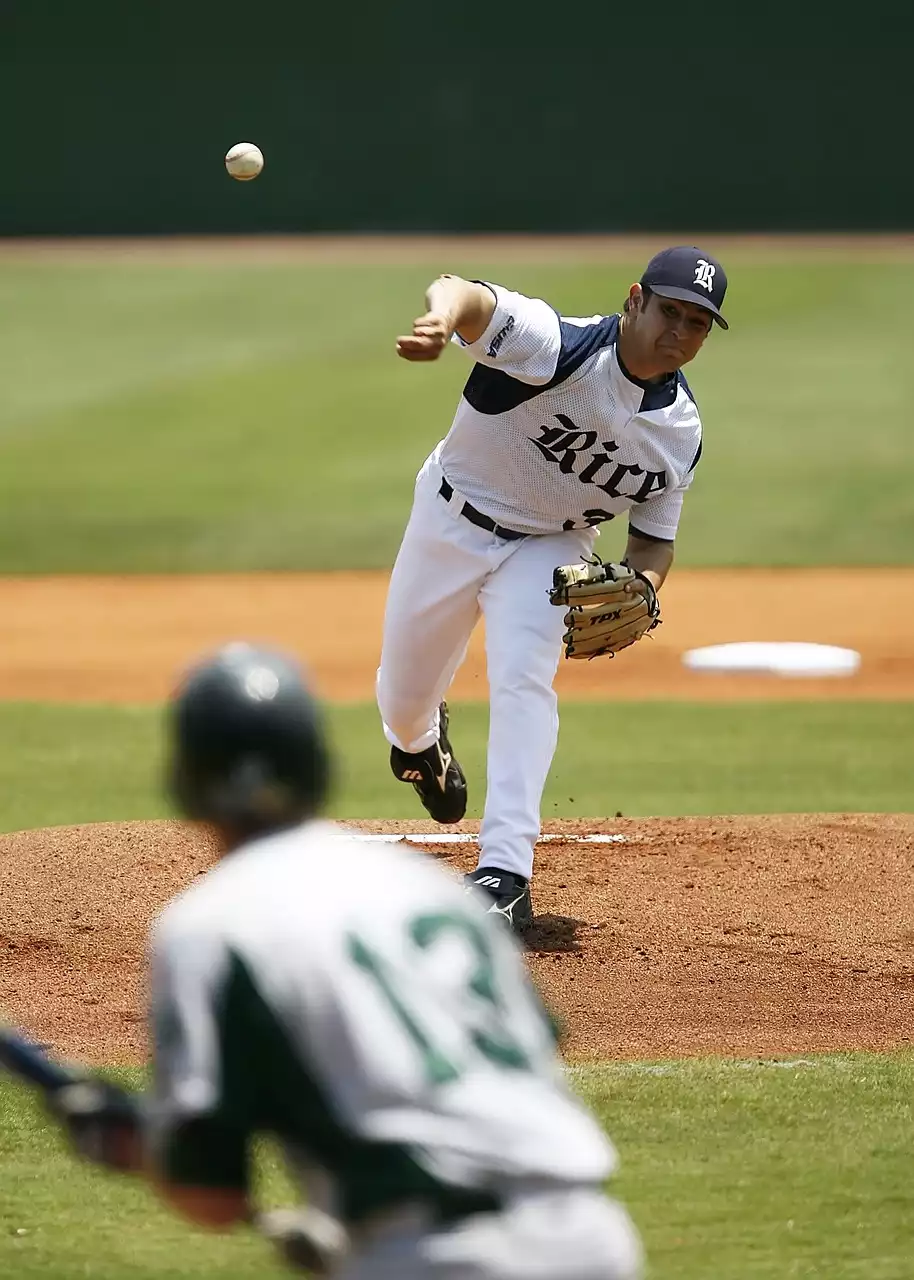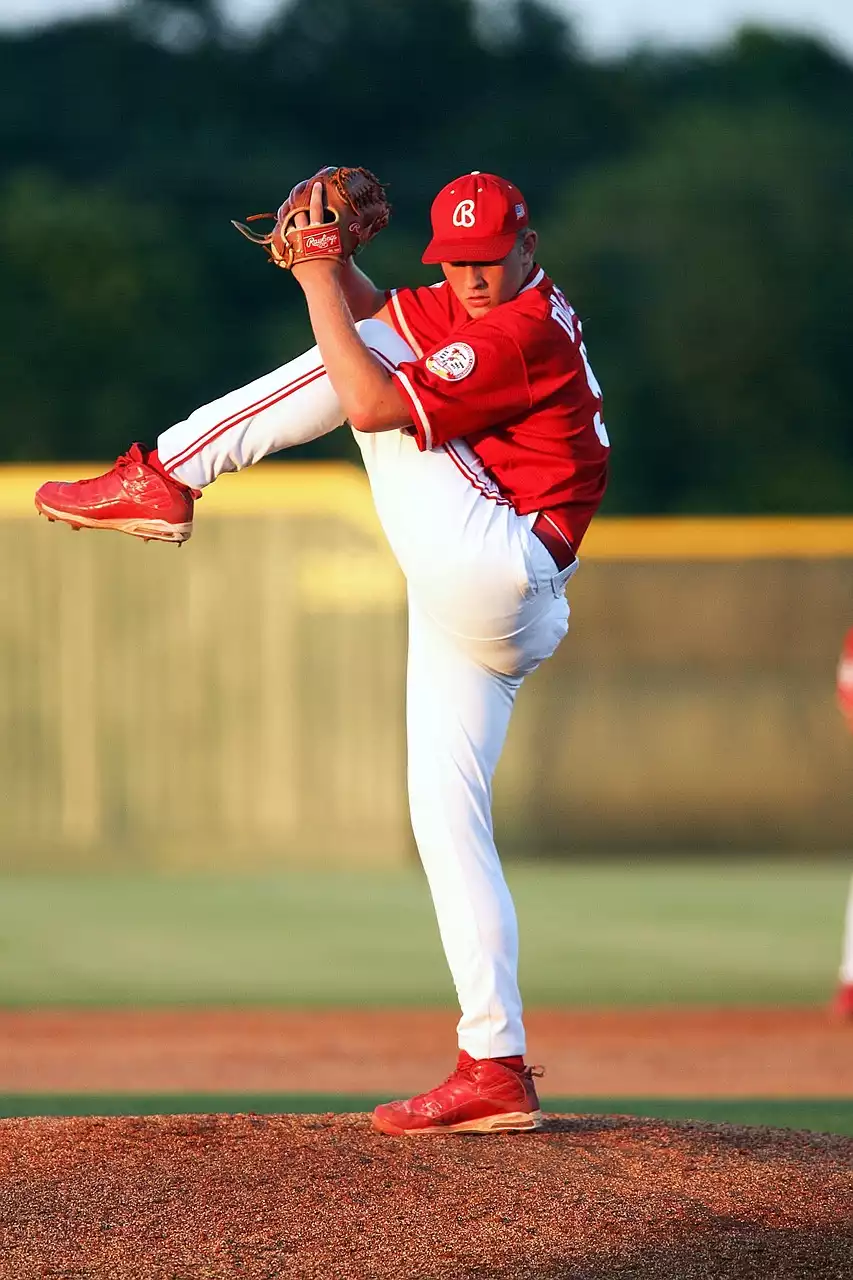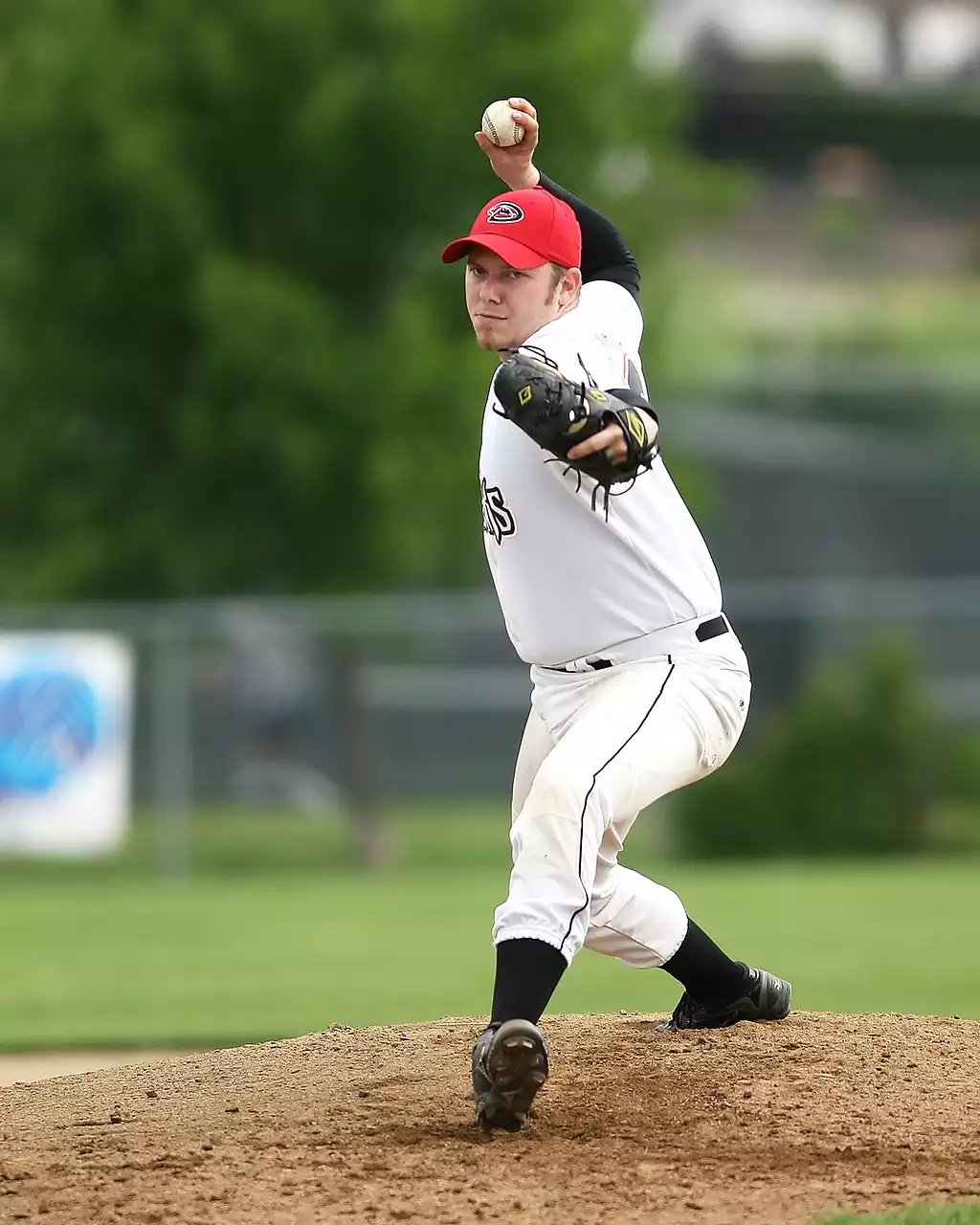What is Fielding Positioning?
Fielding positioning is the process of positioning the fielders around the diamond in order to most effectively defend against the opposing team. It involves knowing the tendencies of the pitcher, the strengths and weaknesses of the batters, and the current game situation. Proper positioning can help a team get outs more quickly and reduce the number of runs scored by the other team.
In baseball, the fielders can be positioned anywhere on the diamond in order to best defend against the opposing team. The pitcher is typically positioned on the mound, while the catcher takes their position behind home plate. The infield is composed of the first baseman, second baseman, shortstop, and third baseman, while the outfield is composed of the left fielder, center fielder, and right fielder. Each fielder is responsible for covering a certain area of the diamond and is responsible for fielding any balls that come their way.
Benefits of Adaptive Fielding Positioning
Adaptive fielding positioning can provide a team with a great advantage over their opponents. By adjusting the positions of the fielders, a team can better anticipate the ball and make plays more efficiently. This can reduce the number of runs scored by the other team and can help a team get outs quicker.
Adaptive fielding positioning also allows a team to take advantage of the strengths and weaknesses of their opponents. By understanding the tendencies of the pitcher, a team can place the fielders in positions that are best suited to defend against them. This can give a team a greater chance of making plays and getting outs.
Finally, adaptive fielding positioning can help a team adjust to the situation at hand. By understanding the current game situation and the strengths and weaknesses of the opposing team, a team can adjust their positions accordingly. This can allow a team to optimize their defense and give them the best chance of success.
Adjusting Fielding Positioning to Different Game Situations
In order to effectively adjust their fielding positioning to different game situations, a team must first analyze the opposing team. This involves understanding the tendencies of the pitcher, the strengths and weaknesses of the batters, and the current game situation. By understanding these factors, a team can better anticipate the ball and adjust their positions accordingly.
Once a team has analyzed the opposing team, they can begin to adjust their positions to the current game situation. This involves understanding the tendencies of the pitcher, the strengths and weaknesses of the batters, and the current game situation. By understanding these factors, a team can better anticipate the ball and adjust their positions accordingly.
For example, if the opposing team has a strong left-handed batter, the team can shift their infielders to the right side of the diamond in order to better defend against them. Similarly, if the opposing team has a weak right-handed batter, the team can shift their infielders to the left side of the diamond in order to better defend against them.
Analyzing the Opposing Team
In order to effectively adjust their fielding positioning to different game situations, a team must have a thorough understanding of the opposing team. This involves understanding the tendencies of the pitcher, the strengths and weaknesses of the batters, and the current game situation. By understanding these factors, a team can better anticipate the ball and adjust their positions accordingly.
When analyzing the opposing team, a team must consider the type of pitcher they are facing. This includes understanding their pitch repertoire, their velocity, and their control. By understanding the type of pitcher they are facing, a team can better adjust their positions in order to defend against them.
In addition to understanding the type of pitcher they are facing, a team must also consider the strengths and weaknesses of the opposing team’s batters. This includes understanding their strike zone, their power, and their contact rate. By understanding the strengths and weaknesses of the opposing team’s batters, a team can better adjust their positions in order to defend against them.
Strategies to Help with Adaptive Fielding Positioning
In order to effectively adjust their fielding positioning to different game situations, a team must understand the strategies and techniques involved. This includes understanding the importance of positioning, the different techniques used to adjust the positions of the fielders, and the strategies used to defend against the opposing team. By understanding these strategies and techniques, a team can better adjust their positions and give themselves the best chance of success.
One of the most important strategies for adaptive fielding positioning is understanding the importance of positioning. This includes understanding the importance of proper positioning for each fielder, as well as the importance of proper positioning for the entire team. By understanding the importance of positioning, a team can better adjust their positions and give themselves the best chance of success.
In addition to understanding the importance of positioning, a team must also understand the different techniques used to adjust the positions of the fielders. This includes understanding the importance of shifting the infielders, the importance of playing the corners, and the importance of playing the cut-off man. By understanding these techniques, a team can better adjust their positions and give themselves the best chance of success.
The Impact of Adaptive Fielding Positioning
Adaptive fielding positioning can have a significant impact on the outcome of a game. By understanding the importance of proper positioning, the different strategies and techniques used to adjust the positions of the fielders, and the importance of analyzing the opposing team, a team can better adjust their positions and give themselves the best chance of success.
The impact of adaptive fielding positioning can be seen in the number of runs a team is able to prevent. By understanding the tendencies of the pitcher, the strengths and weaknesses of the batters, and the current game situation, a team can better anticipate the ball and adjust their positions accordingly. This can reduce the number of runs scored by the other team and can help a team get outs quicker.
Finally, adaptive fielding positioning can also help a team take advantage of their opponents’ weaknesses. By understanding the tendencies of the pitcher, the strengths and weaknesses of the batters, and the current game situation, a team can better adjust their positions in order to defend against their opponents. This can give a team a greater chance of making plays and getting outs.










